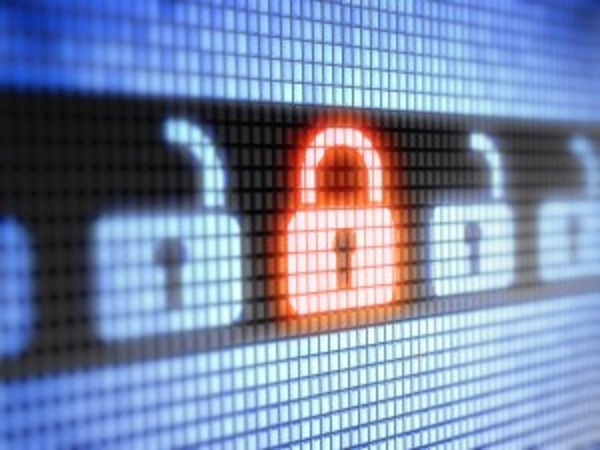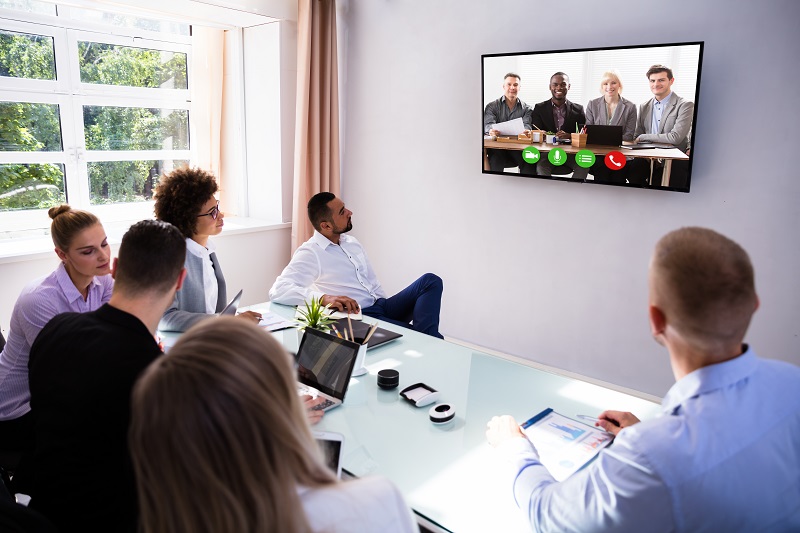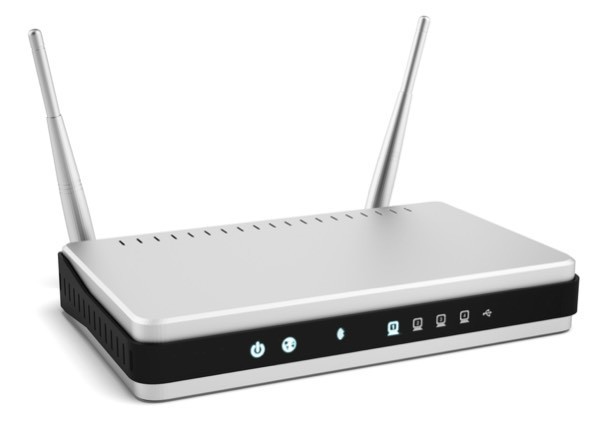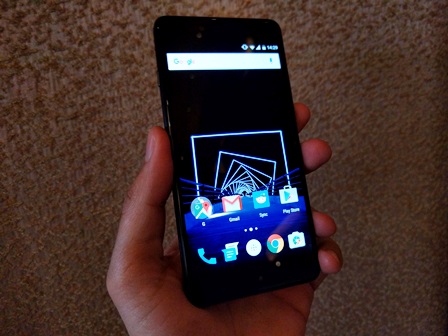A new botnet is getting alarmingly bigger; India reportedly has the third highest numbers of affected users in the world.
by Manik Kakra
New and increasingly more dangerous spywares and viruses making their way to our computer systems is a fairly routine occurrence these days. But these are usually covered by most users either themselves or through a security suite. But, recently, there’s a new botnet in town, called ZeroAccess, which has spread quite rapidly – to about 1.9 million systems counted about a month ago – but not many are aware of this, or know how to tackle it.
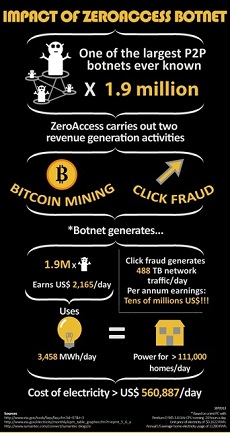 Symantec, in its security blogpost, has issued a statement that it has partnered with several ISPs and even CERT teams to bring down the level of this botnet affecting systems worldwide.
Symantec, in its security blogpost, has issued a statement that it has partnered with several ISPs and even CERT teams to bring down the level of this botnet affecting systems worldwide.
Simply put, if your machine is running this botnet, it could be used to send out spam and active bots to affect more systems. Owing to this threat, it is also believed that many are abusing this botnet for click fraud and Bitcoin mining, meaning that any affected system could be used to generate artificial clicks on a website to improve its page rank, and allow people to earn Bitcoins (a virtual currency) in a similar fashion, respectively. So, yes, a lot of monetary benefit, apart from users’ data access, is at stake.
In fact, this botnet isn’t very new. Believed to be active since 2011, it was during the month of March 2013, that security firm Symantec got some proof of this peer-to-peer botnet. ZeroAccess is primarily maintained by a few individuals with some expertise and who also have some malwares for a better success rate with this botnet.
India ranks third among the countries with most users affected by ZeroAccess. India ranks behind Japan and the US, with 5.6 per cent of total affected users. This base of users is  definitely relevant and needs to be addressed fast.
definitely relevant and needs to be addressed fast.
It’s not at all easy to do away with such command-and-control programmes, resilient botnet, which communicates continuously with its peers, but you can take a few precautions to ensure your system doesn’t get infected by this botnet: Fire up your security software, update it and run to scan the whole system.
Other than that, I would also suggest that you scan your Windows PC, just once, with this small removal tool.
(Picture courtesy betanews.com)

